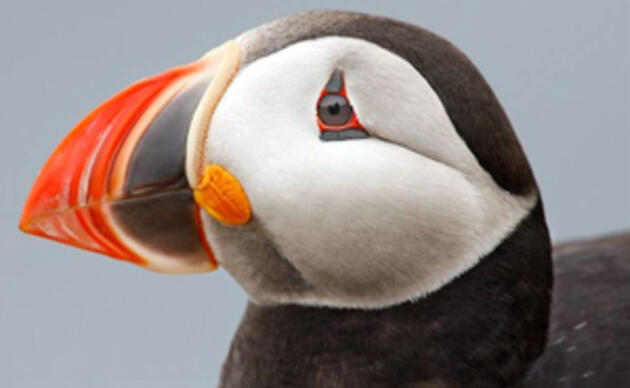Seabird Island News - Vol. 4 - 22 May 2024

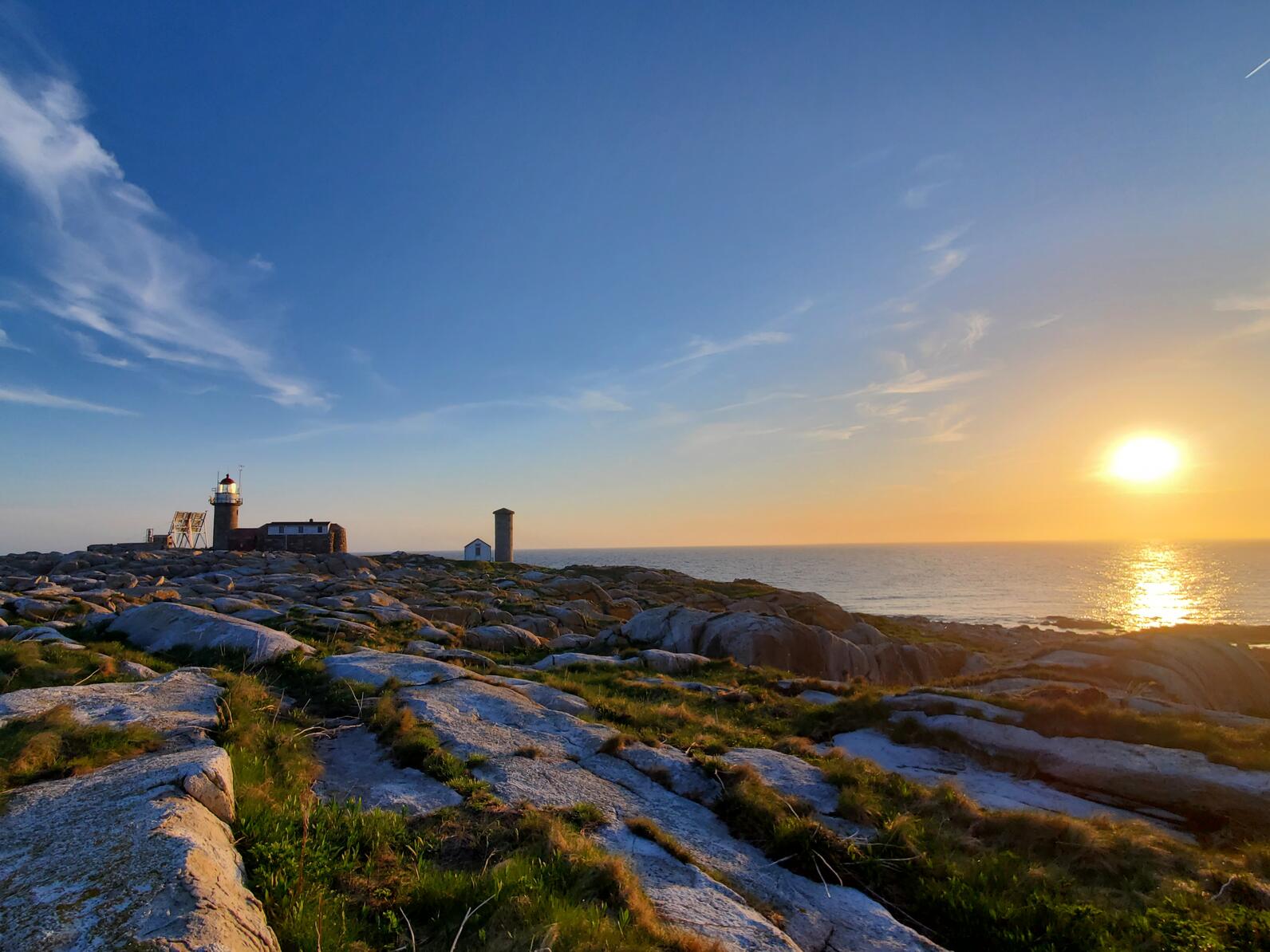
Settling In
Six out of the seven islands managed by the Seabird Institute now host research teams and intrepid volunteers. Crews have landed on Eastern Egg Rock, Jenny Island, and Pond Island NWR since our last update. To make their respective islands home, teams unpacked, pitched their tents, arranged their kitchens, and went straight to work. Lugging and organizing supplies, assembling blinds, clearing marine debris, and cleaning trails are common chores during the early season.
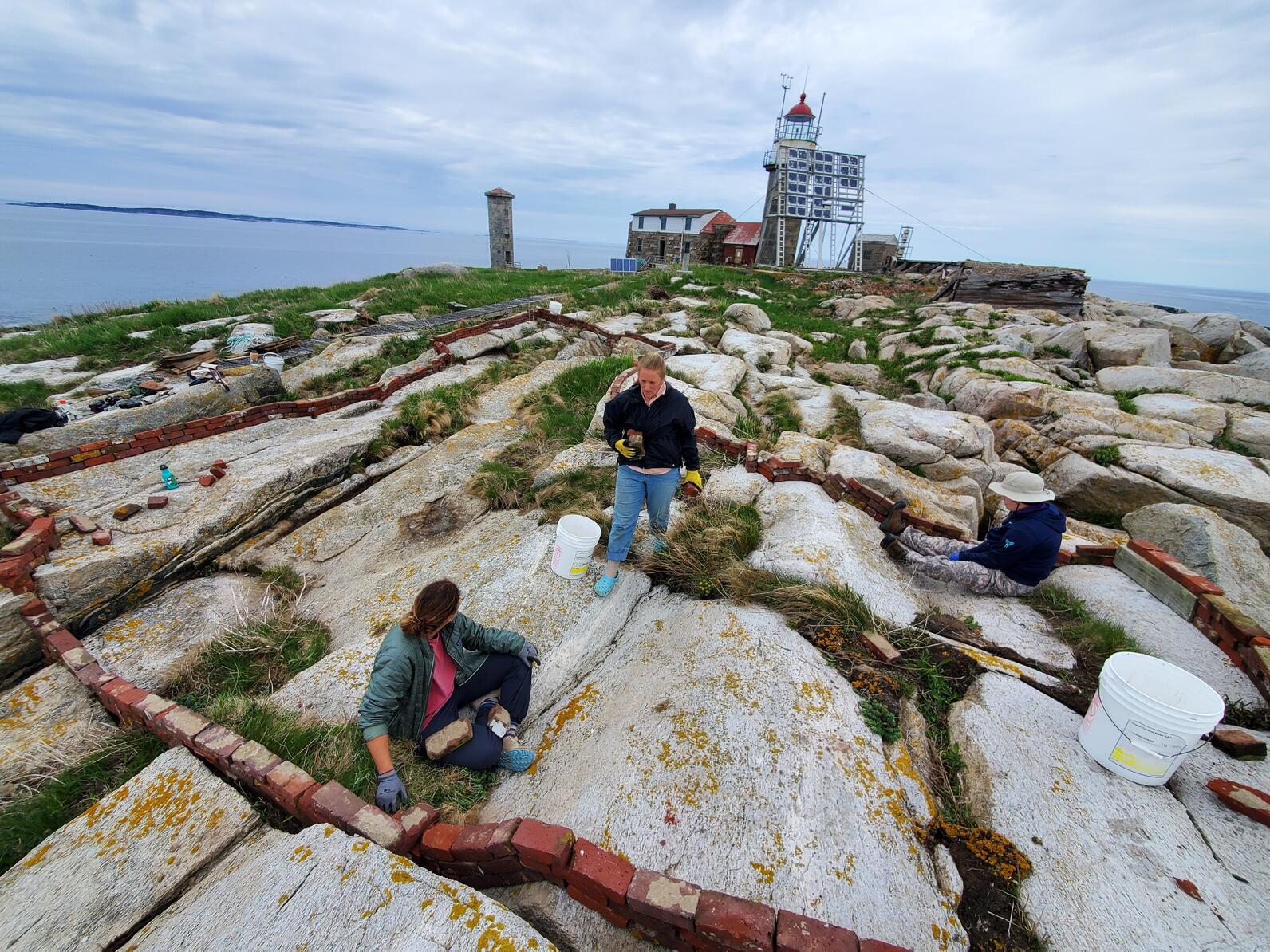
Don’t worry, it’s not all work and no play. As a scientist, there is always something new to discover and learn. Seal bones were found on Seal Island and fossils discovered on Egg Rock. The crews are also beginning to flex their culinary muscles. For example, Matinicus Rock shared the convenient (but mind-blowingly tasty) treat, “Smackos,” made by grilling peanut butter, chocolate and marshmallows together in a tortilla. YUM!
Tremendous Terns
Tern eggs and nest cups continue to pop up. Seal Island had two tern-tastic notes this week. The first tagged bird seen this season, still wearing the backpack it received last summer, returned to the island! We can’t wait to learn about its travels. The crew also found a Common Tern egg two days earlier than any previous year. And we thought the previousrecord early first eggs on 5/21 in 2021 and 2022 were rushing it!
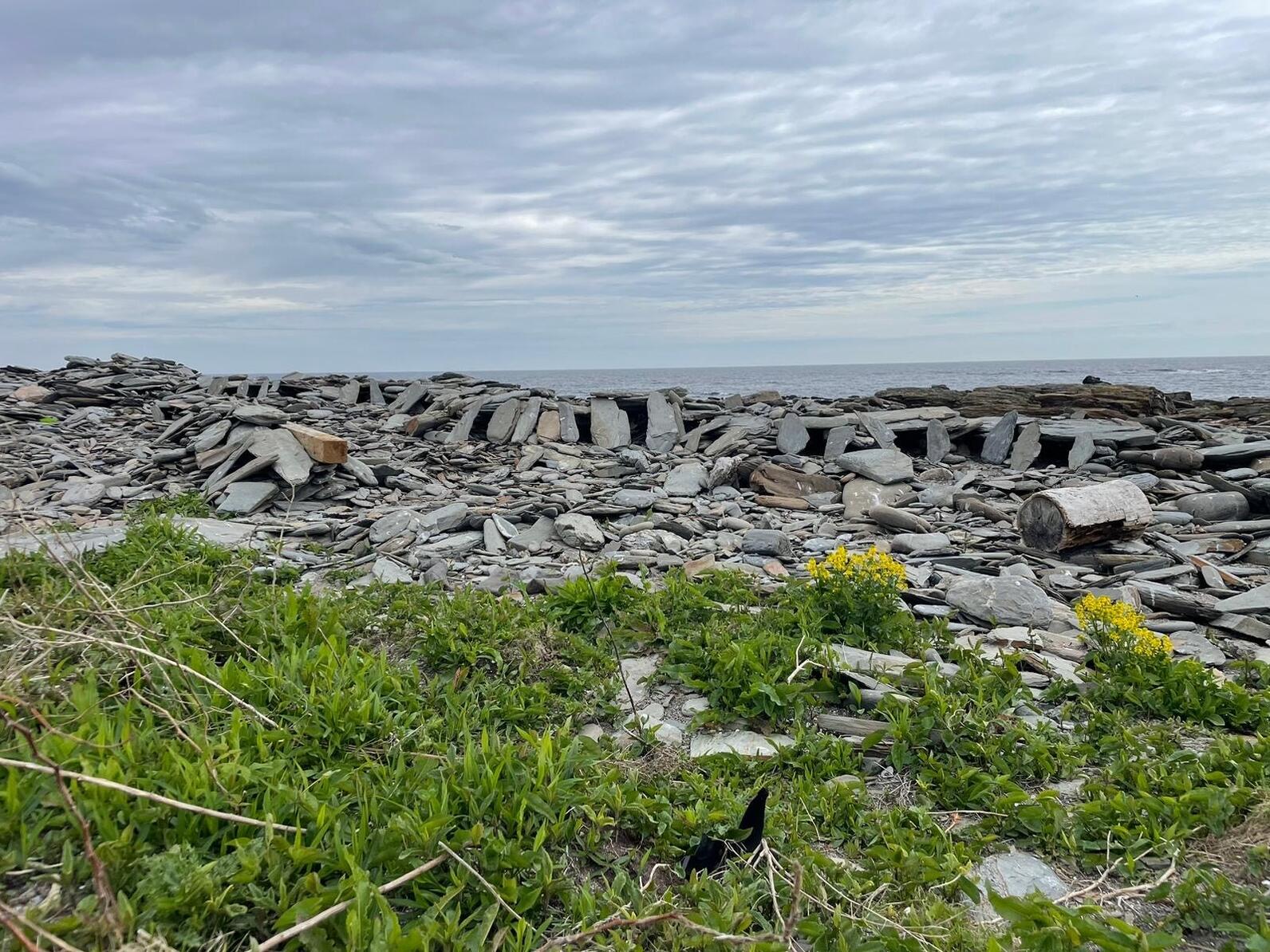
Habitat work for terns frequently involves laying down weed-barrier mats to limit plant growth. Our Common and Arctic Terns prefer a mix of sparse vegetation and open areas for their nesting. The team on our southernmost island, Stratton, needed to take a different approach this year for the Roseate Terns nesting there. “Rosie-town” is a Roseate Tern nesting hot spot where we have maintained rock slate ‘houses’ over the years – Roseate Terns prefer to nest in areas with overhead cover, hidden from the sun and potential predators. This beloved nesting location was not immune to Poseidon’s power over the winter – their ‘housing’ took a beating during multiple winter storms. To restore this critical habitat, the Rosie-town Reconstruction Project took shape this past week. The team moved boulders, and pinched some fingers, to recreate housing for the Roseate Tern population. Fingers crossed those "Rosies" settle into their new accommodations and not just some random rock pile or tree stump!
It was an exciting week in the world of alcids. A Razorbill was seen floating along off of Stratton Island and a boat tour caught sight of a Common Murre off of Eastern Egg Rock. The Seal Island team noted that over half of puffin burrows on the island are already active. The most curious puffin news this week comes from our explore.org cams, however.
Explore.org
Perhaps the birds on the seabird explore.org live cams are getting a bit too lively! For the past four days, from May 18 to May 21, the Atlantic Puffin pair, Willie and Millie, have valiantly defended against a relentless “puffintruder” trying to evict them from their burrow, all of which was caught live on Puffin Burrow Cam. We’re talking beak-clashing, neck-grabbing, claw-flying, wing-smacking, camera-flipping fighting.
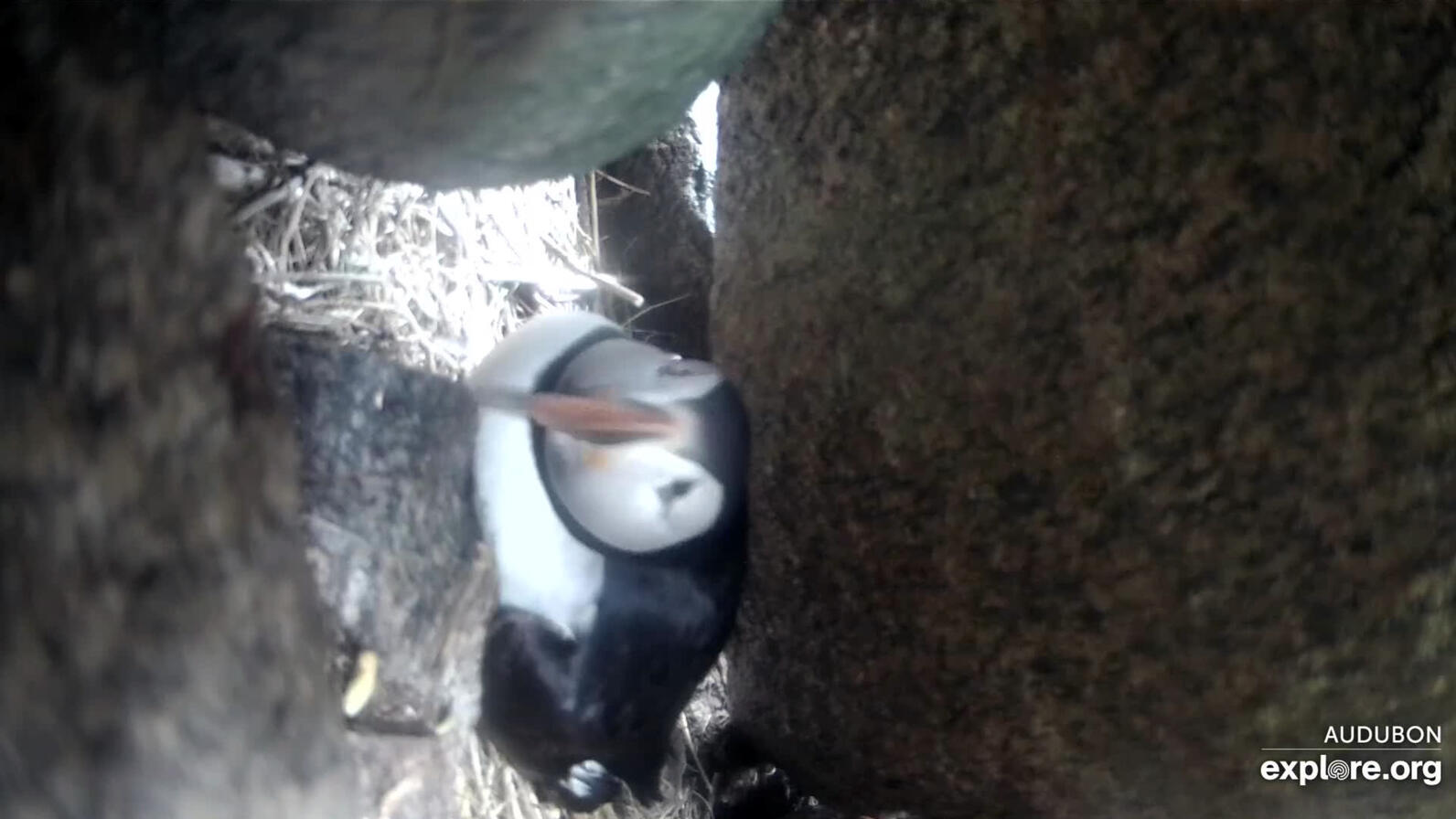
Our current running hypothesis is that the persistent intruder is the same puffin across all four days, perhaps a young male, identifiable by its unbanded legs, untorn webbing, and pale beak. On the morning of May 19, the intruder had fully taken over the burrow, even managing to roll the egg out of the entrance opening!
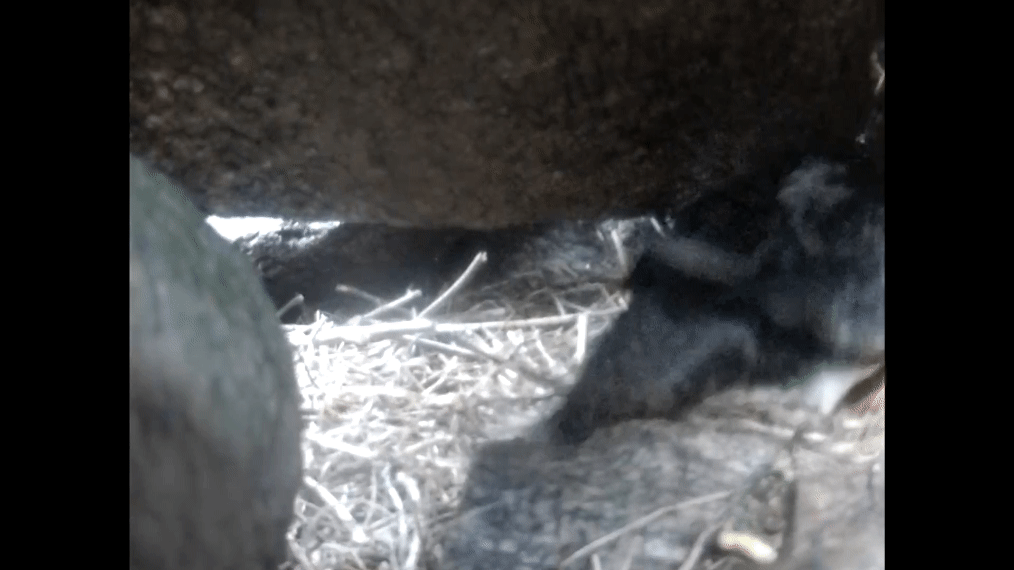
Thankfully, Willie and Millie came back to reclaim their nest and roll the egg back in, where they have been diligently incubating it since then. The pair has gotten better at defending the burrow too, with one of them maintaining a sentinel role in the burrow entrance or on the rocks.
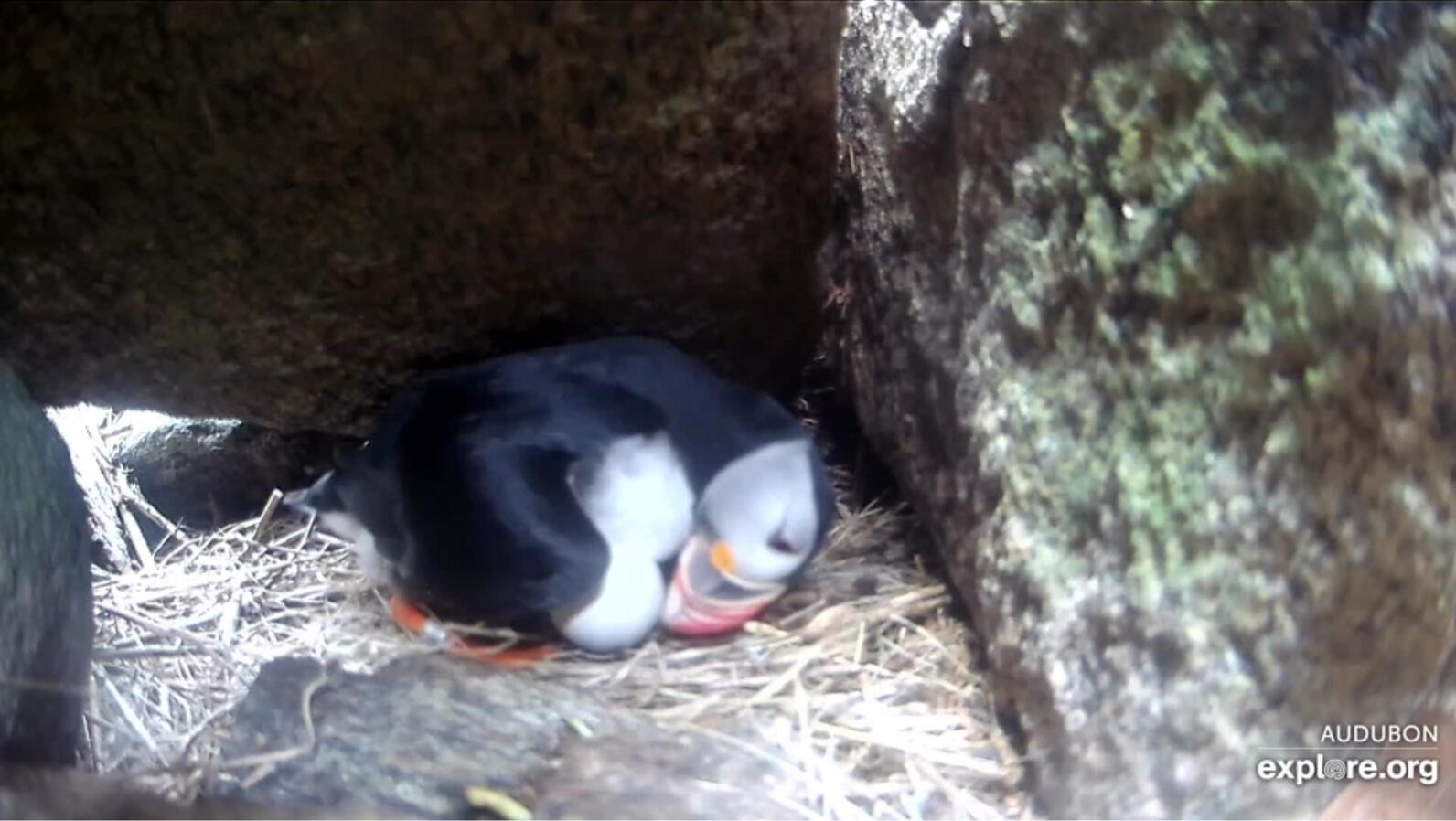
In other news, the adorably squeaky Black Guillemot pair have been in the Guillemot Burrow, but are usually only inside in the mornings. They have been redecorating the place, which will hopefully be ready for eggs soon. Fingers are crossed for no wayward eggs or puffins this year!
The Puffin cam was featured on explore.org’s “More to Explore” live show, where hosts Mike Fitz and Brian Byrd discussed Project Puffin, the puffin brawl, setting up Seal Island cams, and more. Speaking of setting up cams, the much-beloved Loafing Ledge cam should be back online again as you read this!
For additional news, please visit the Seabird Island News index page.
Learn about birds and take action
Adopt-A-Puffin
Adopt now and receive a Certificate of Adoption, along with a biography of "your" puffin!
Visitor Center
The Project Puffin Visitor Center (PPVC) is located at 311 Main Street in downtown Rockland, Maine. The center opened its doors officially on July 1, 2006.


